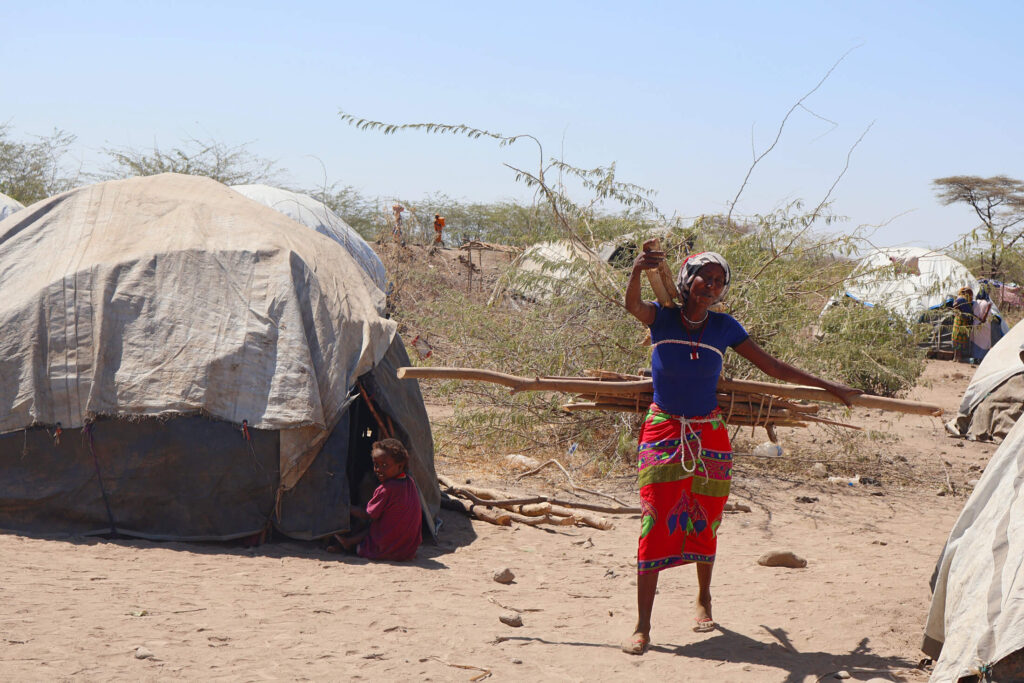On December 4, 2024, a 5.8-magnitude earthquake struck the Awash Fentale woreda (district) in Ethiopia, a semi-desert plain to the east of the country’s capital, Addis Ababa. The quake, which devastated communities across seven districts and forced thousands of people to evacuate the area in search of safe shelter, was the most significant recent natural disaster in an area that has experienced increased seismic activity since September—leading tens of thousands of people to relocate to lower-risk areas.
Now, the newly created camps for displaced people are facing severe challenges—and significant humanitarian needs.
“When people are displaced, every issue they were already facing is exacerbated, and additional challenges arise,” says Lawrence Mutharia, International Medical Corps’ Country Director in Ethiopia. “Many evacuees are living in makeshift shelters in open areas, leaving them vulnerable to extreme weather and increasing the risk of violence against women and girls. The absence of mosquito nets makes malaria outbreaks more likely. And without proper toilets and clean water, infectious diseases can spread quickly.”



Since early December, seismic activity has intensified in Afar and Oromia regions, with approximately five tremors recorded each day. Over the past two months, there have been more than 230 earthquakes, with magnitudes ranging from 4.2 to 5.8. The tremors are linked to the Fentale volcanic complex in the Main Ethiopian Rift, which has shown gradual ground deformation over the past few years. The recent surge in seismic activity has caused vents to release gases and steam, possibly due to the movement of magma—meaning the likelihood of a volcanic eruption has significantly increased.
In mid-January, in partnership with DG ECHO (the humanitarian branch of the European Union) and the United Nations, our team visited sites for people in Awash Fentale and Dullasa districts displaced by the quakes to assess needs and provide services and supplies. After finding out that people need clean water, medicines, medical supplies, emergency latrines, waste disposal systems and mental health services, we conducted awareness-raising sessions about how to prevent cholera and improve hygiene.



Since then, International Medical Corps has been working closely with local authorities to deliver critical humanitarian assistance to those in need. We are providing 40,000 litres of water daily through water trucking, are building solid-waste disposal areas and are training community health workers and volunteers on infection prevention and control methods, focusing on hygiene practices and cholera prevention. We also plan to build emergency latrines for patients and staff at the three fixed health clinics in the camp.
As the quakes continue and people remain displaced, humanitarian needs will continue to increase. To support us as we help the world’s most vulnerable people affected by conflict, disease and natural disasters, please donate to International Medical Corps today.
